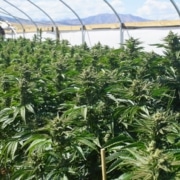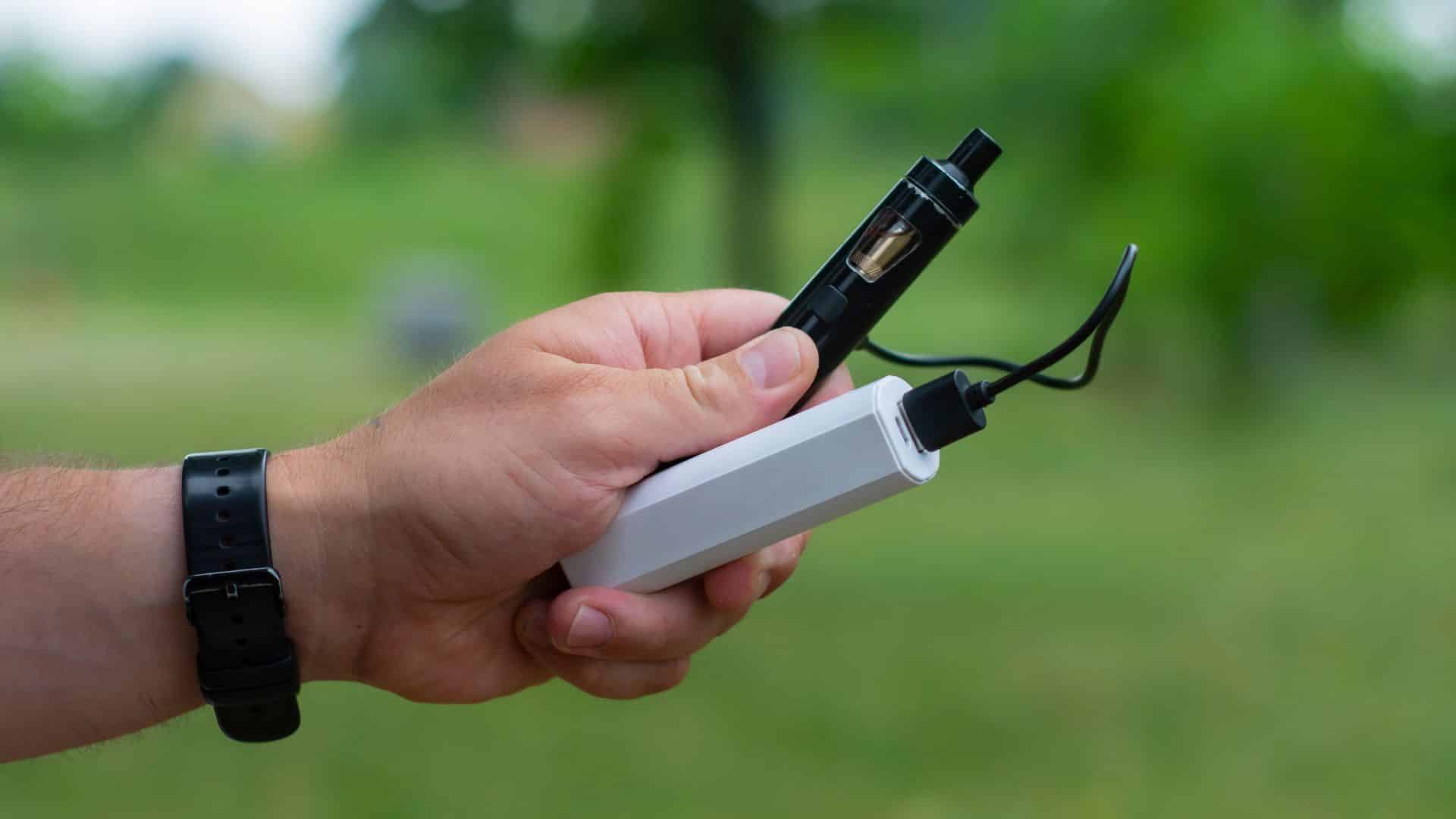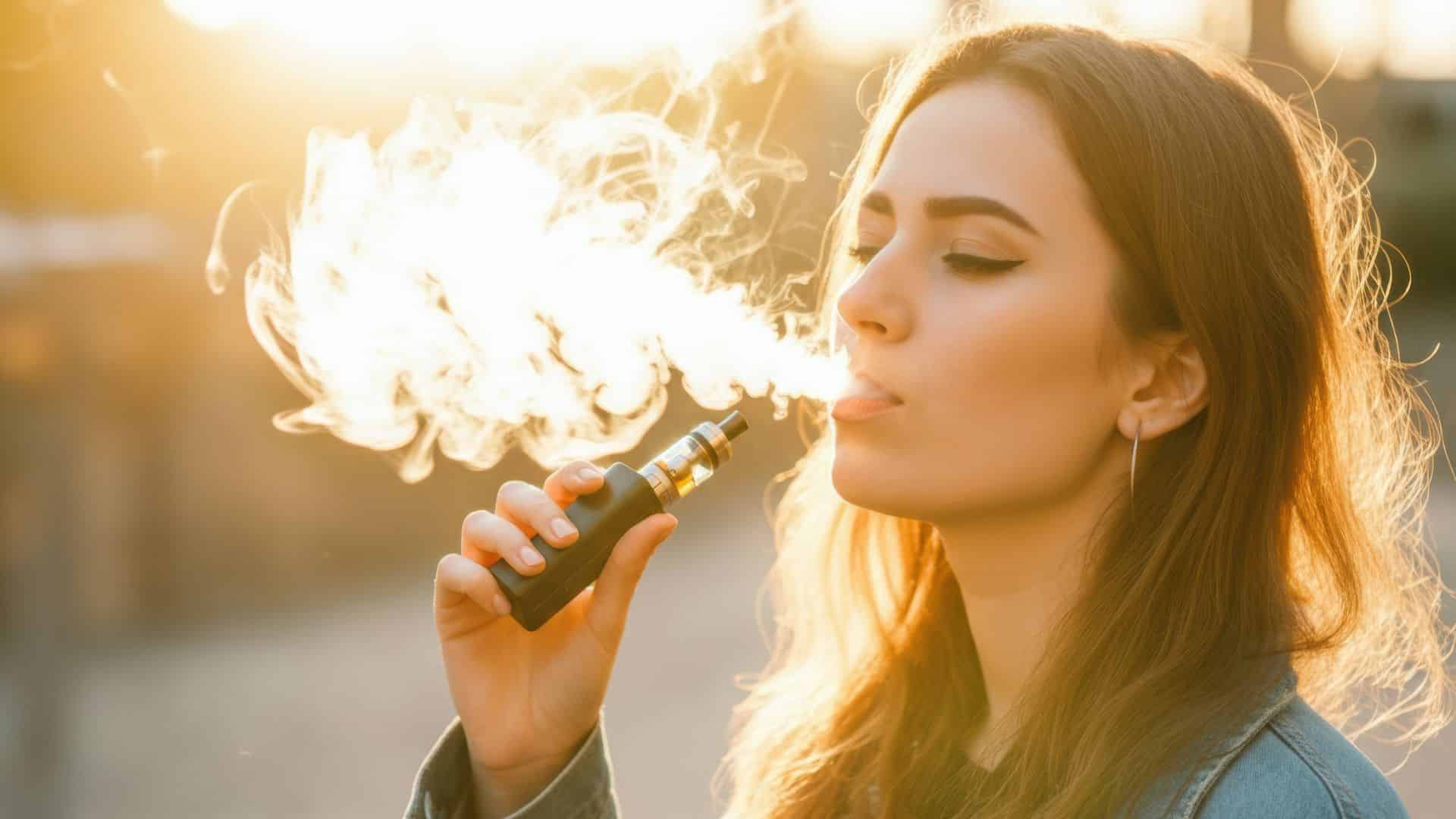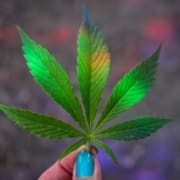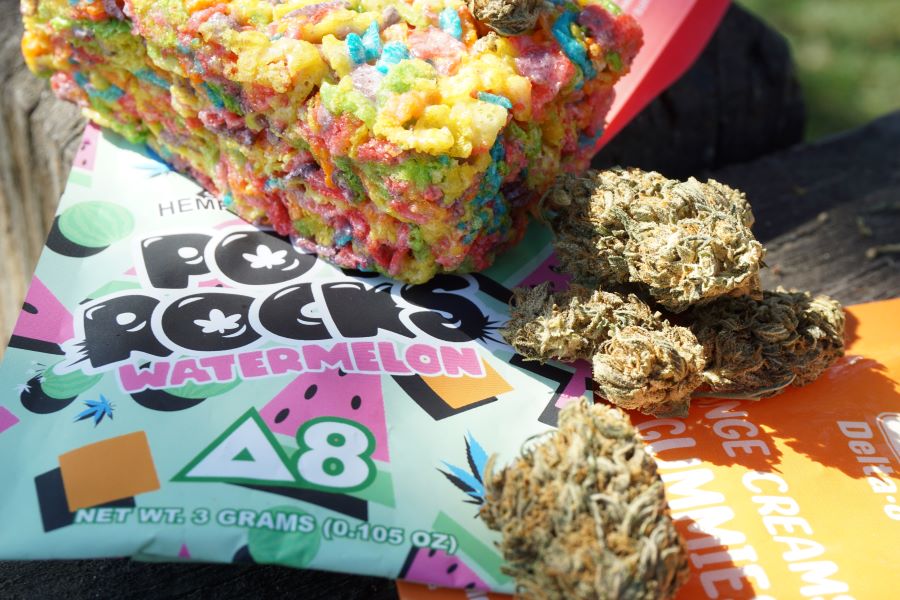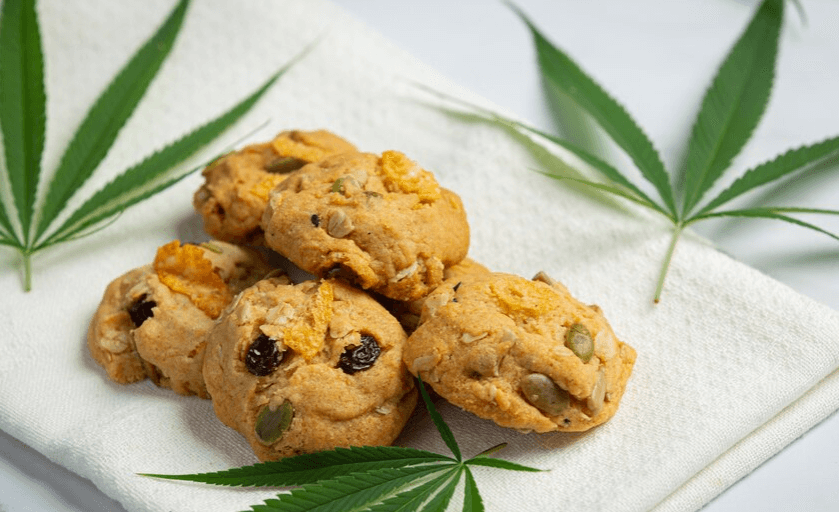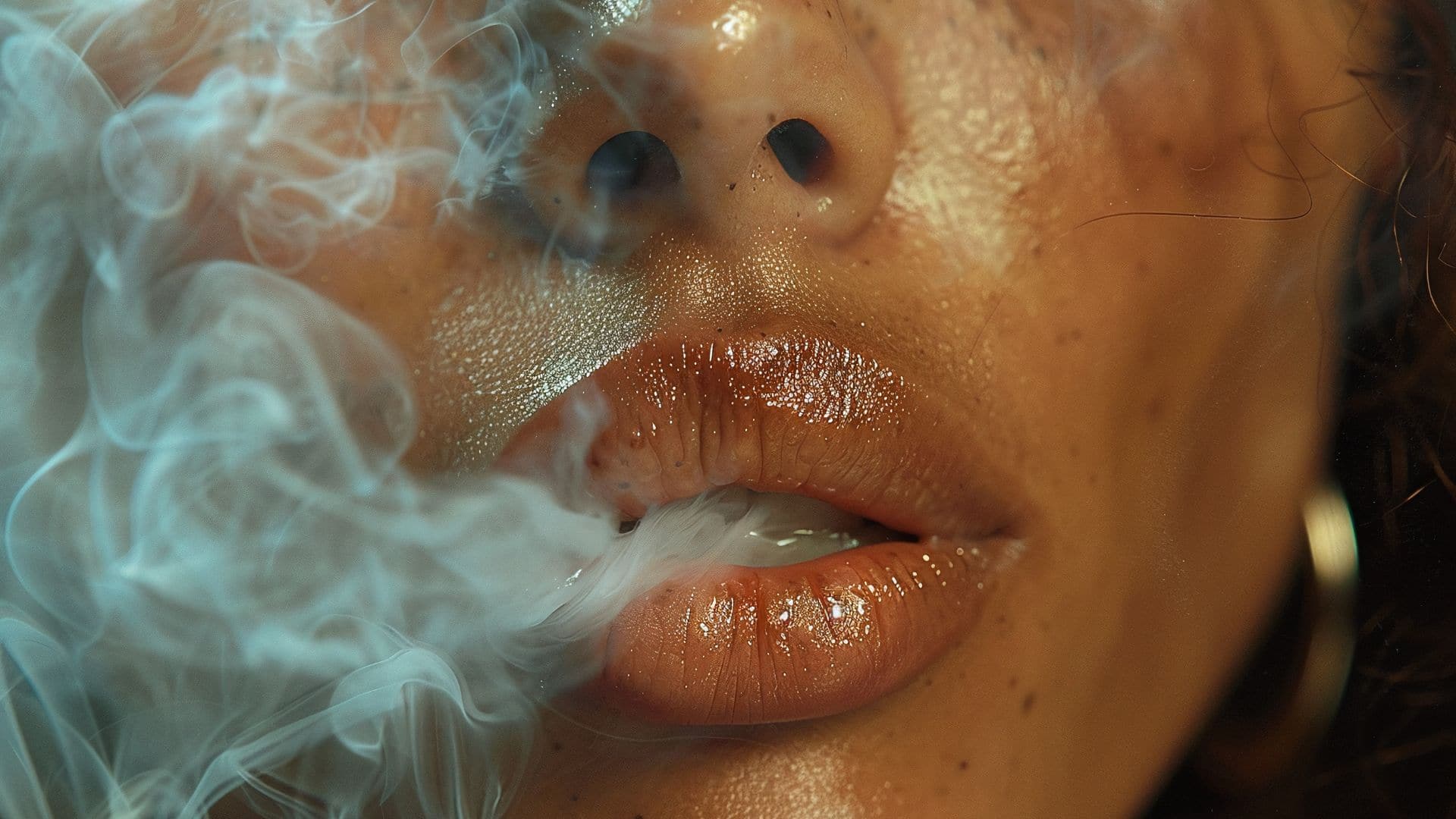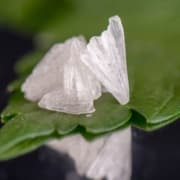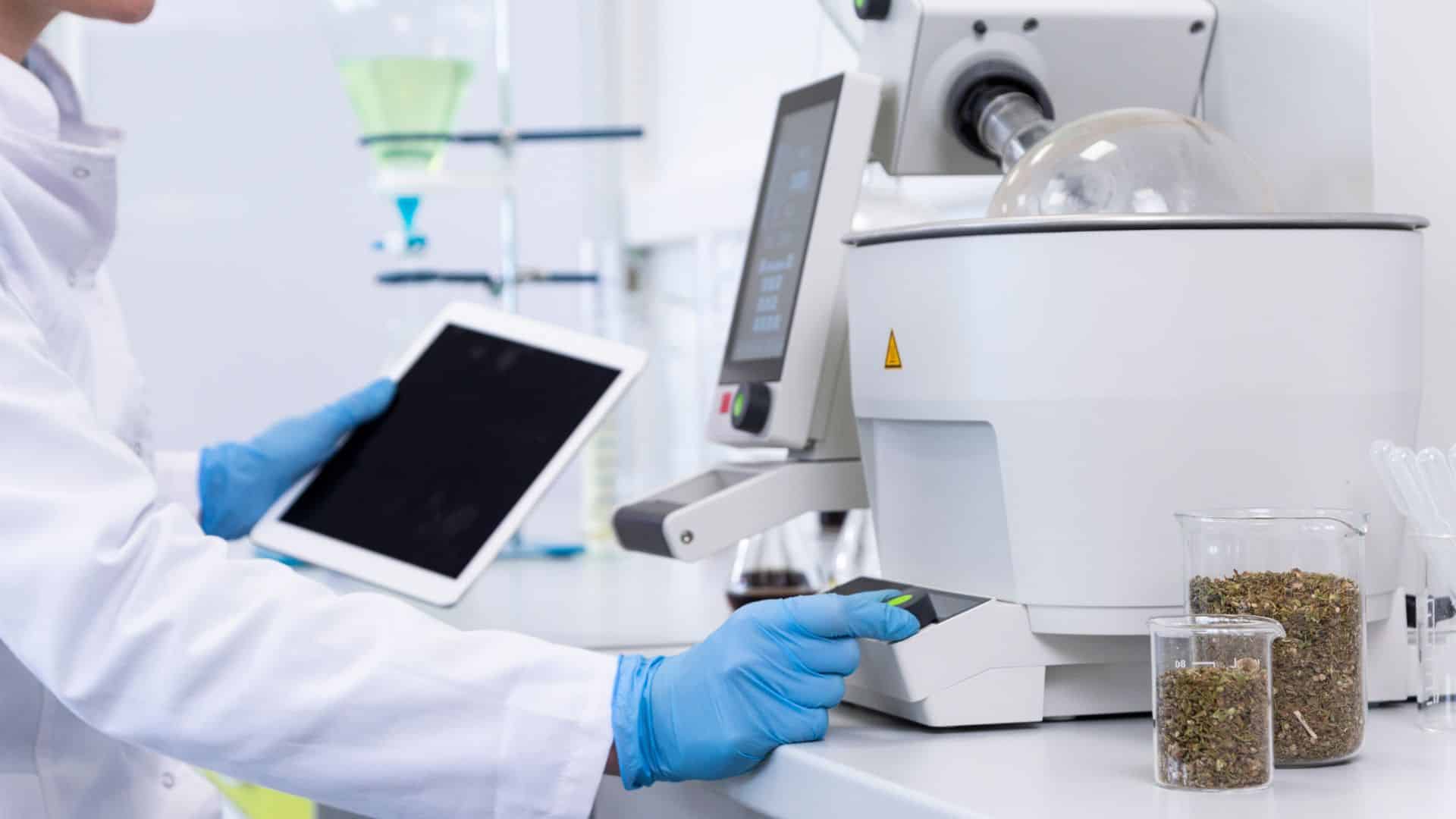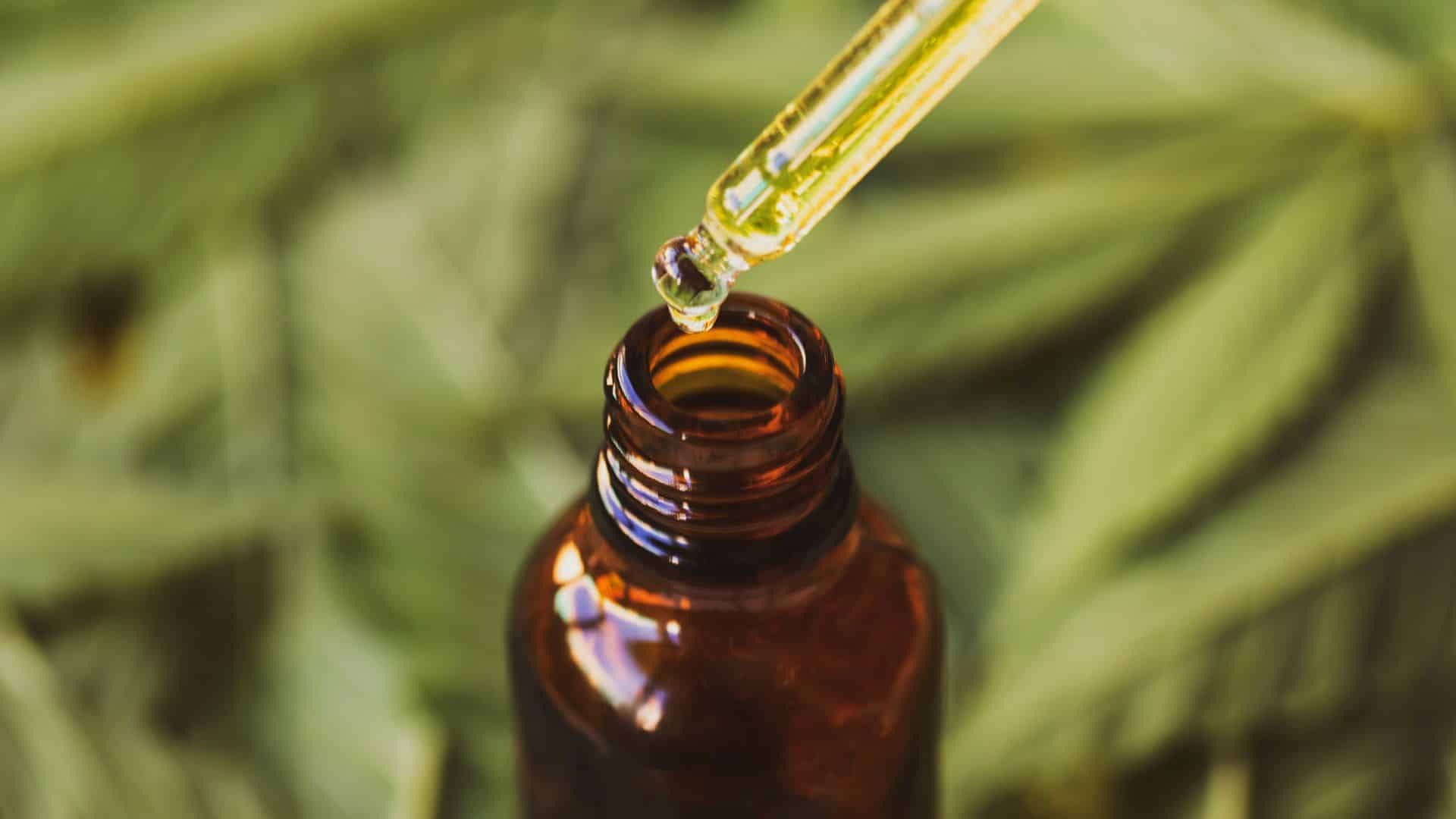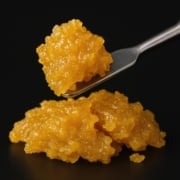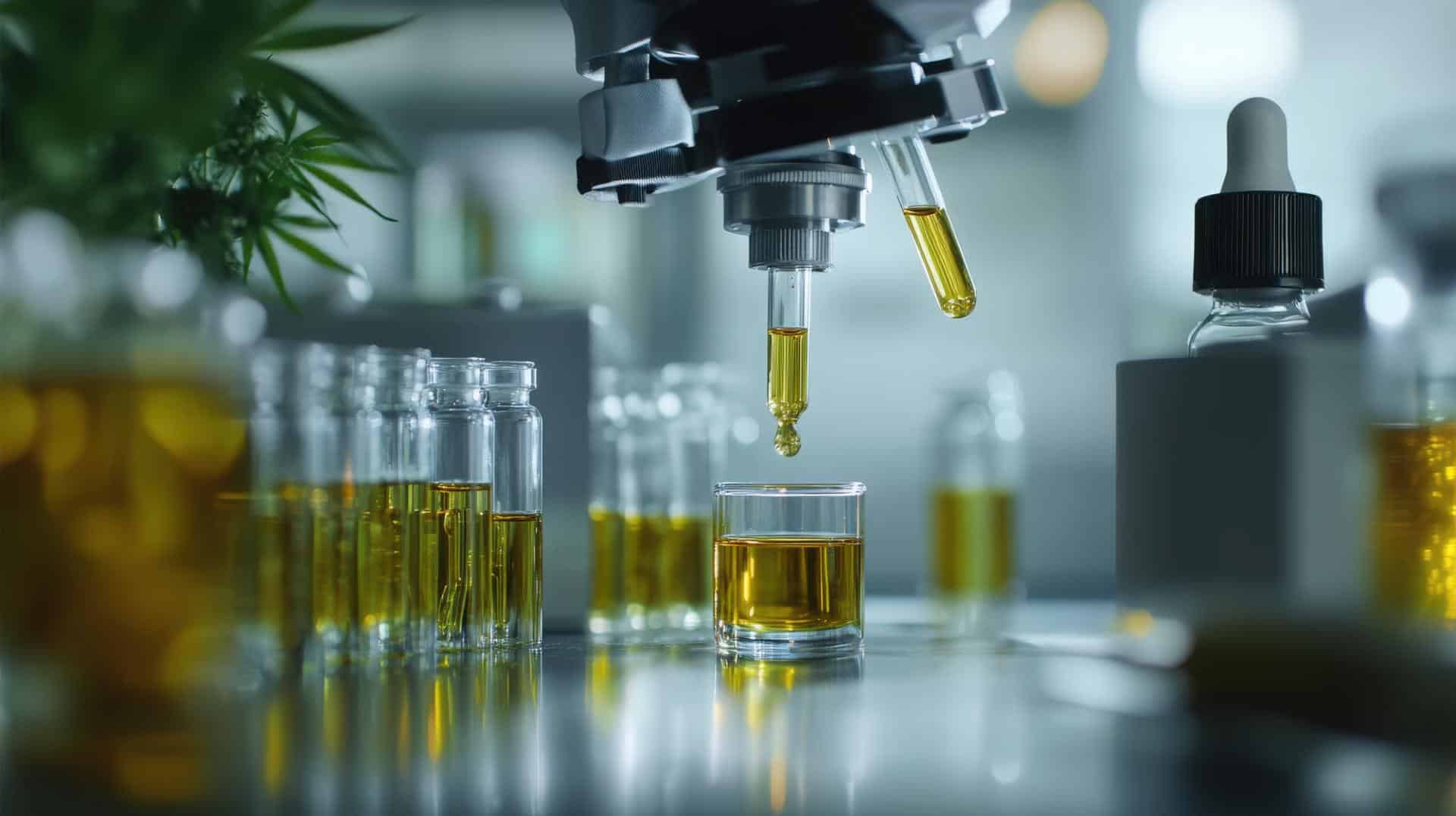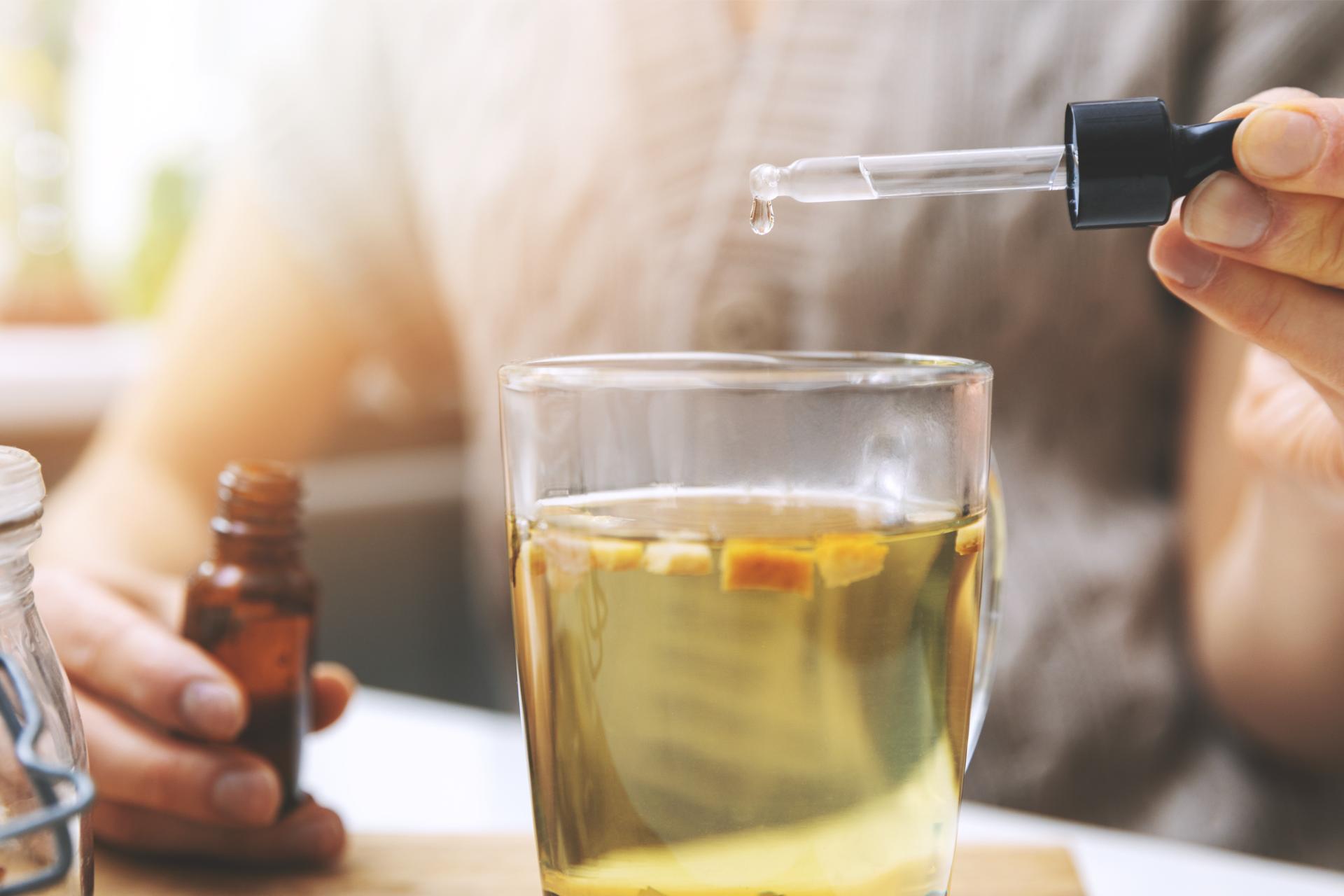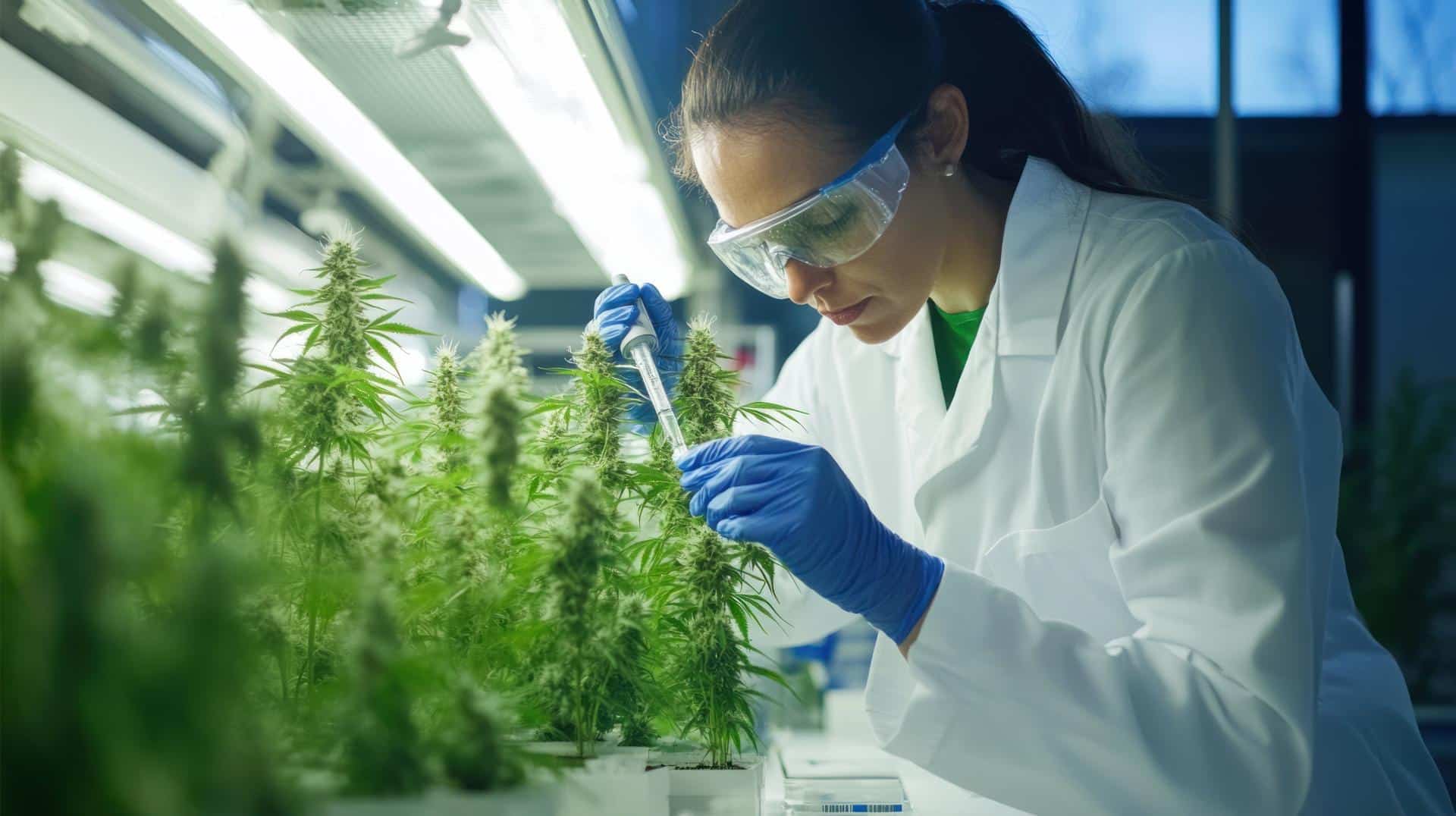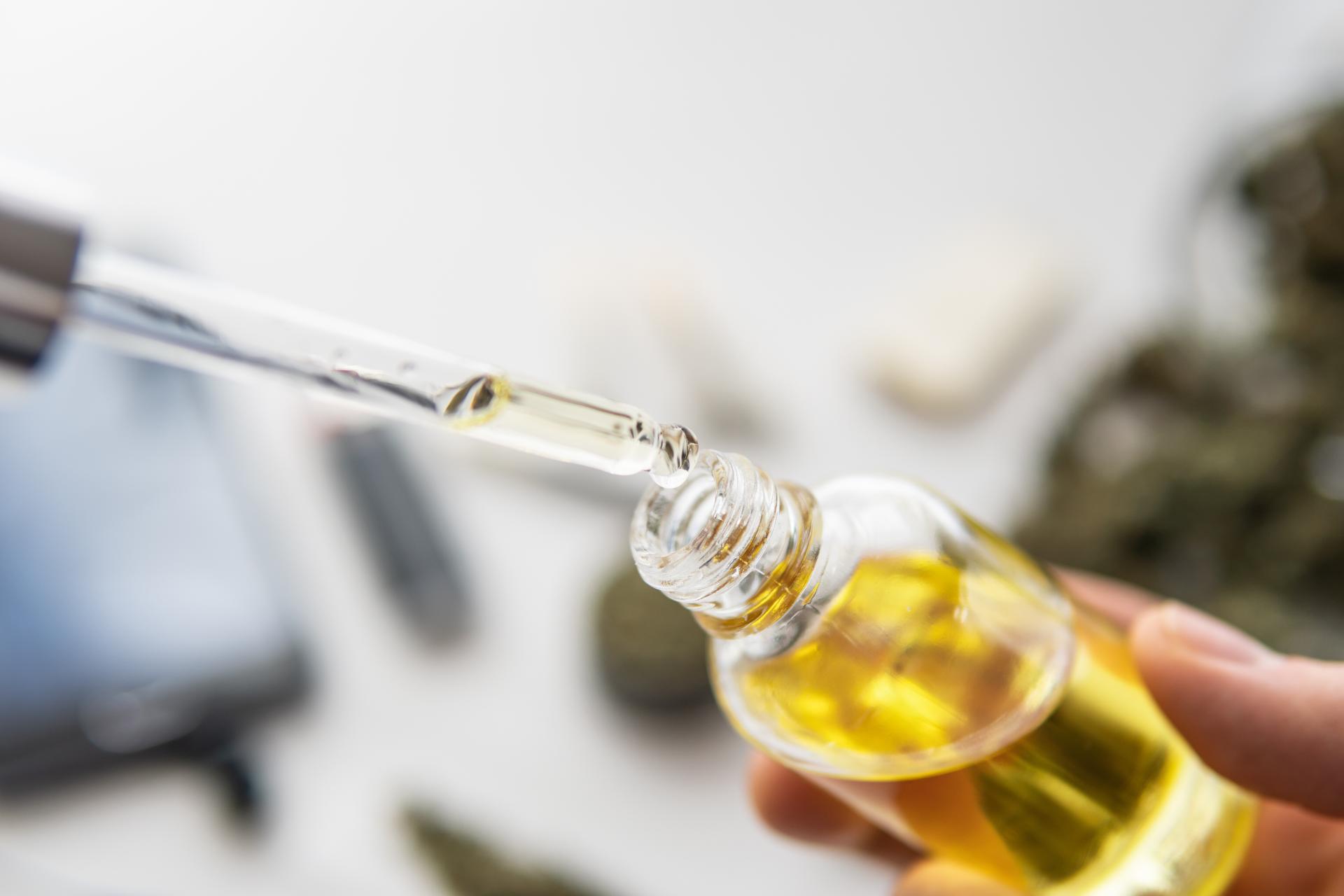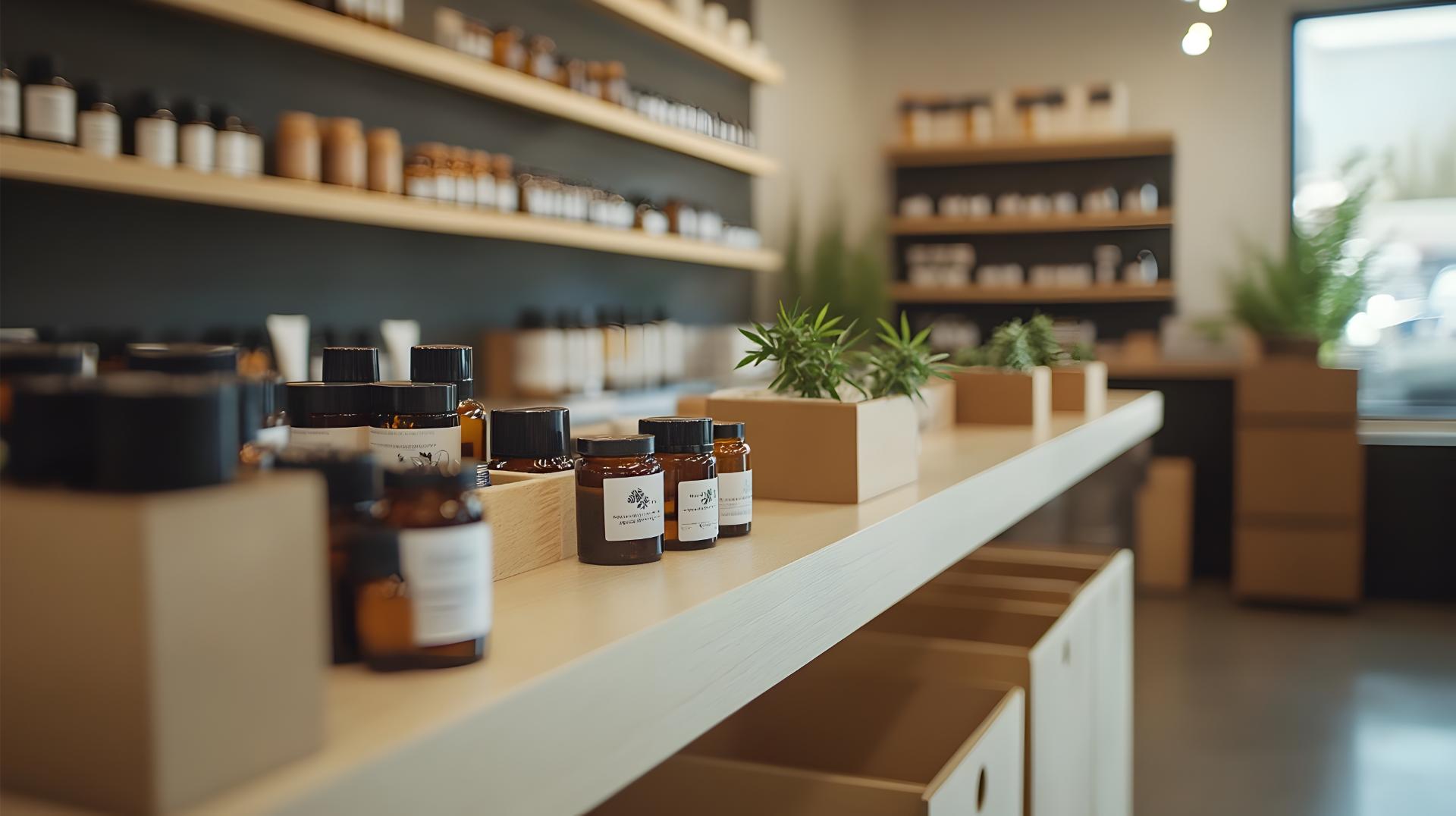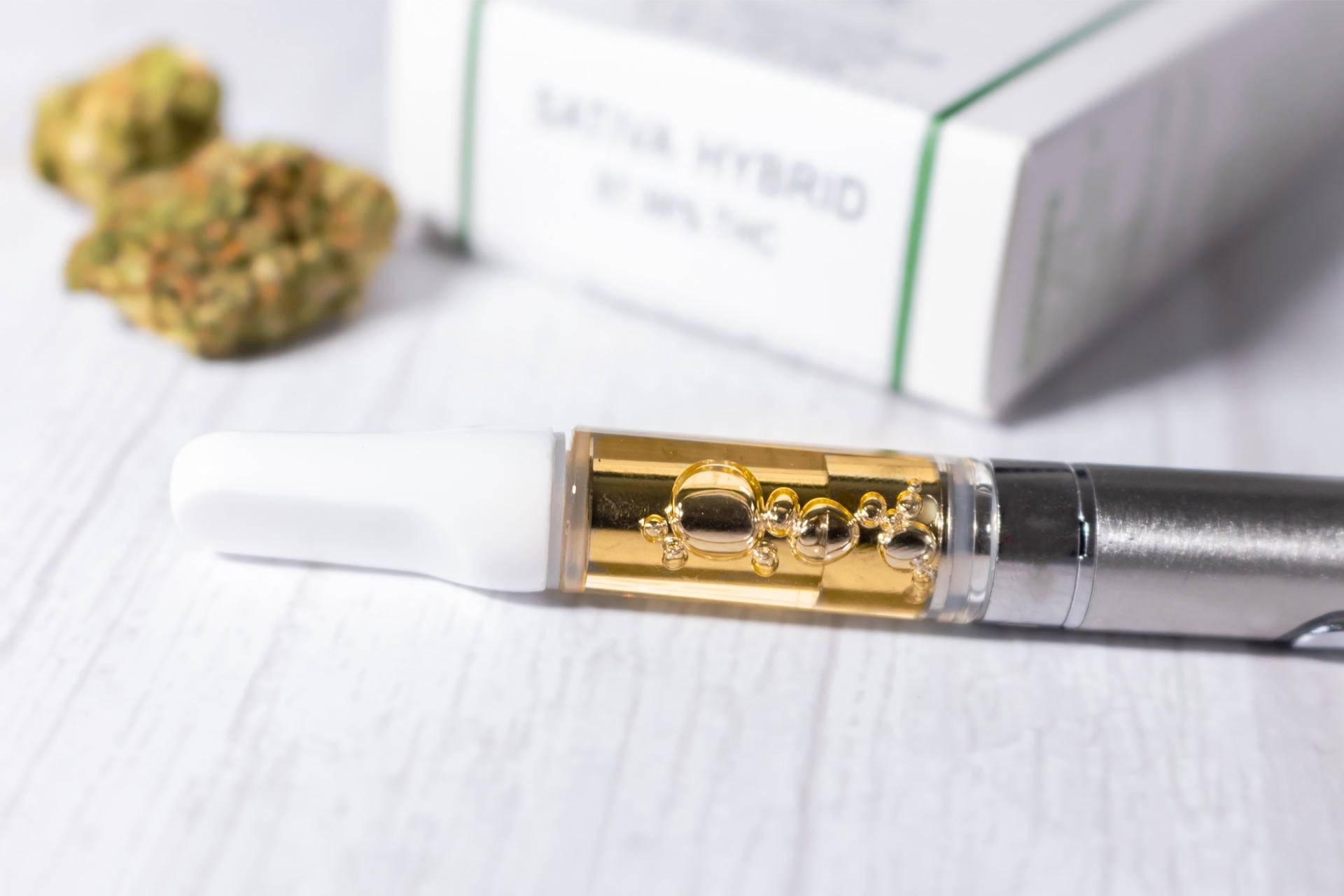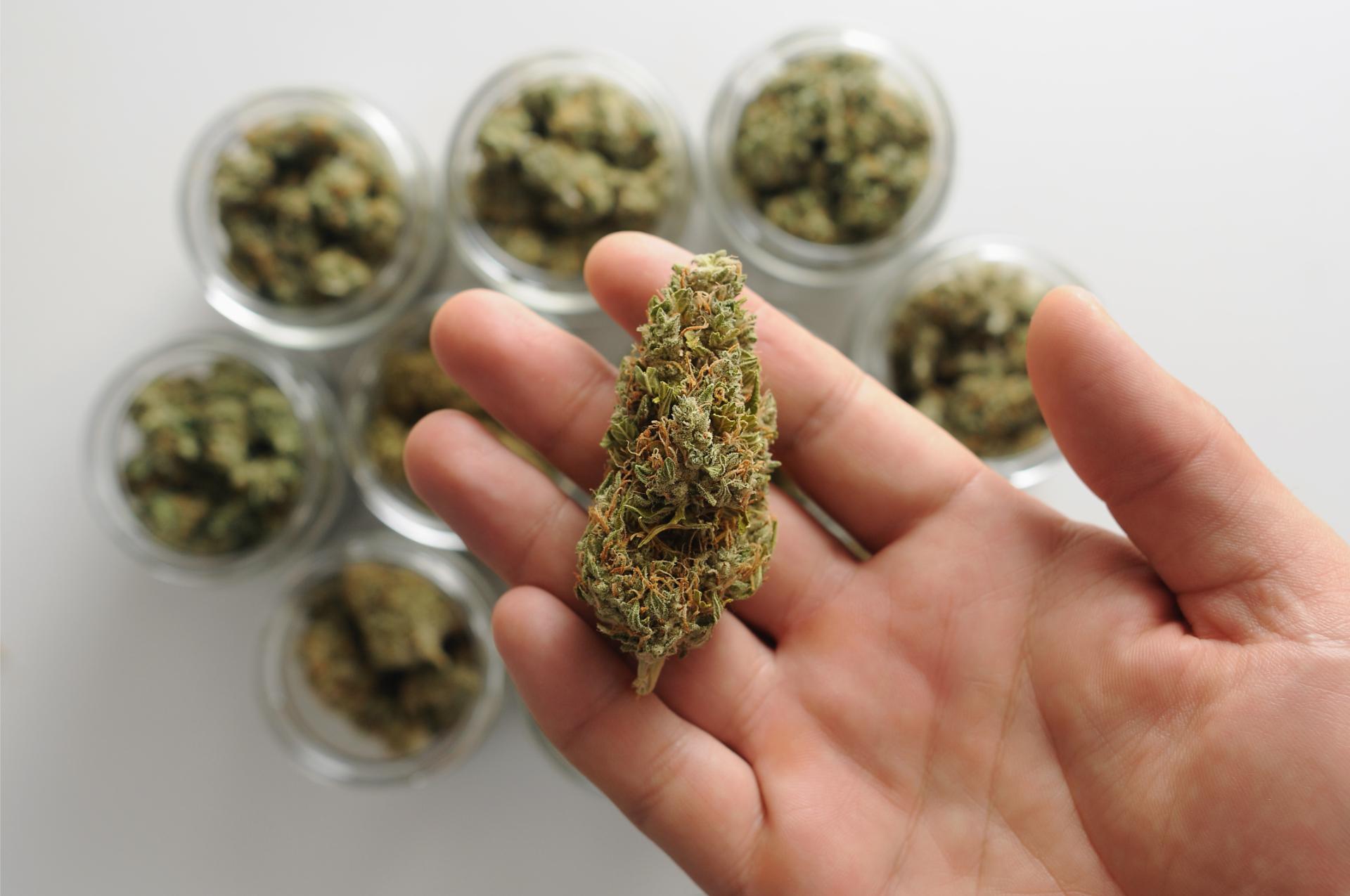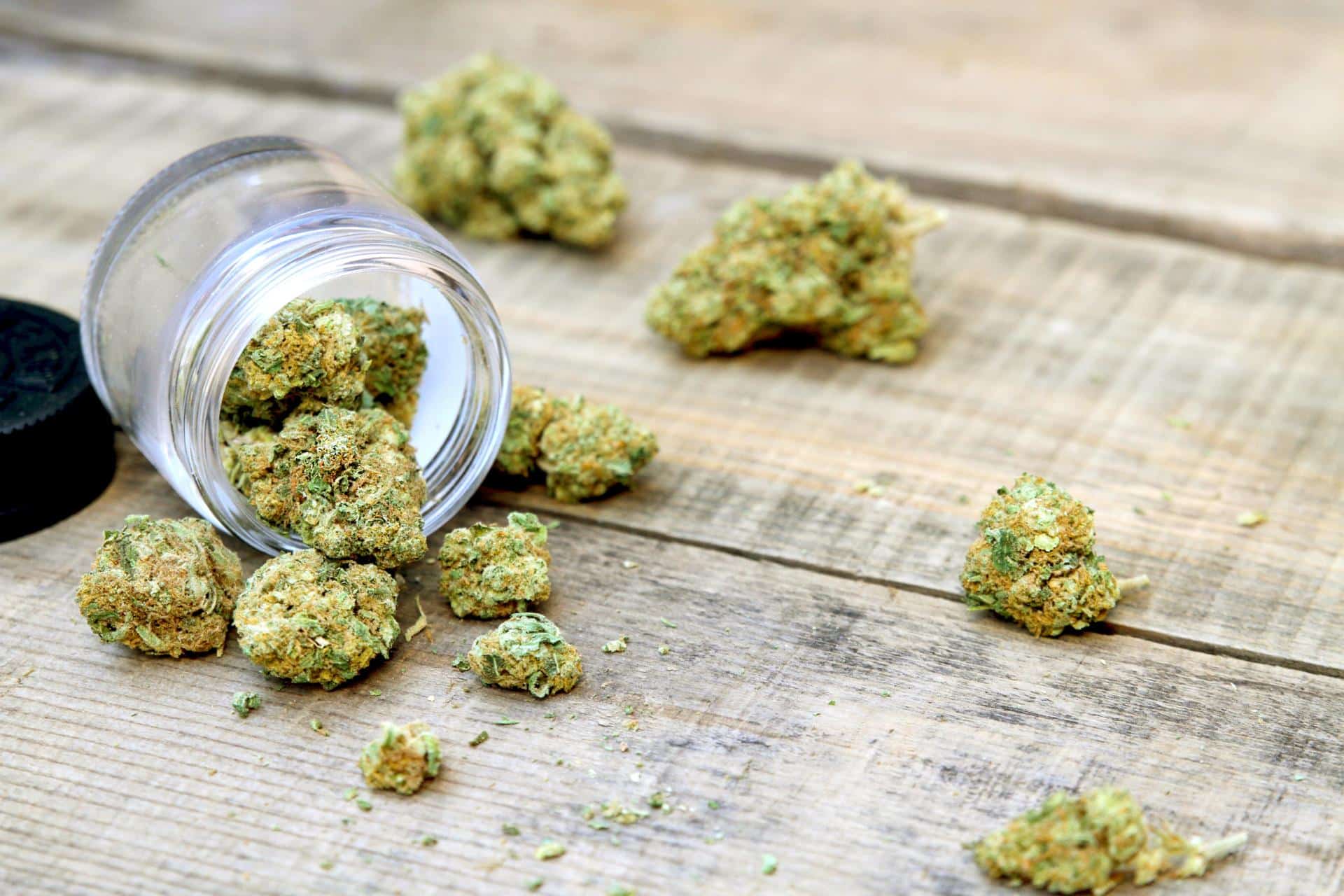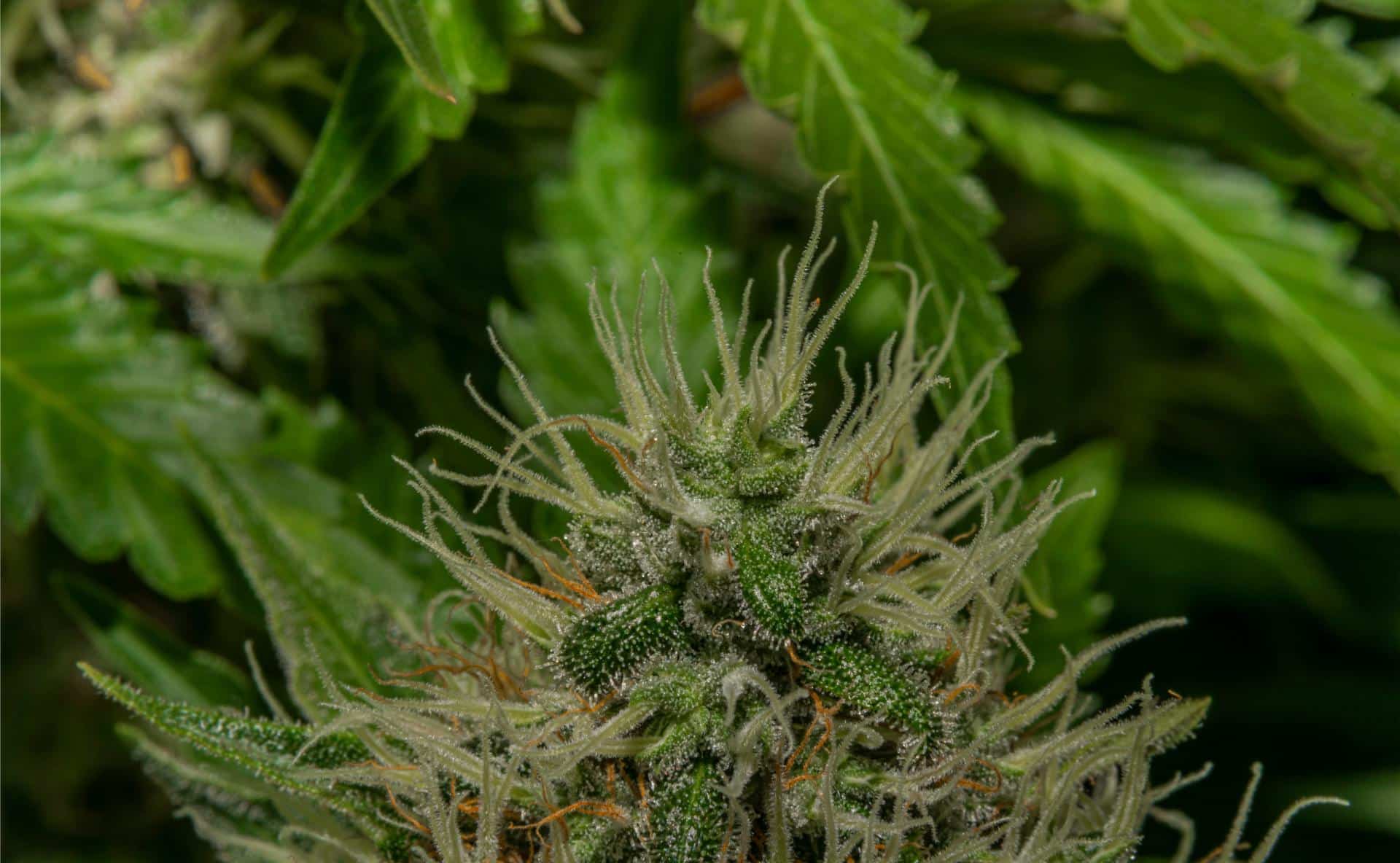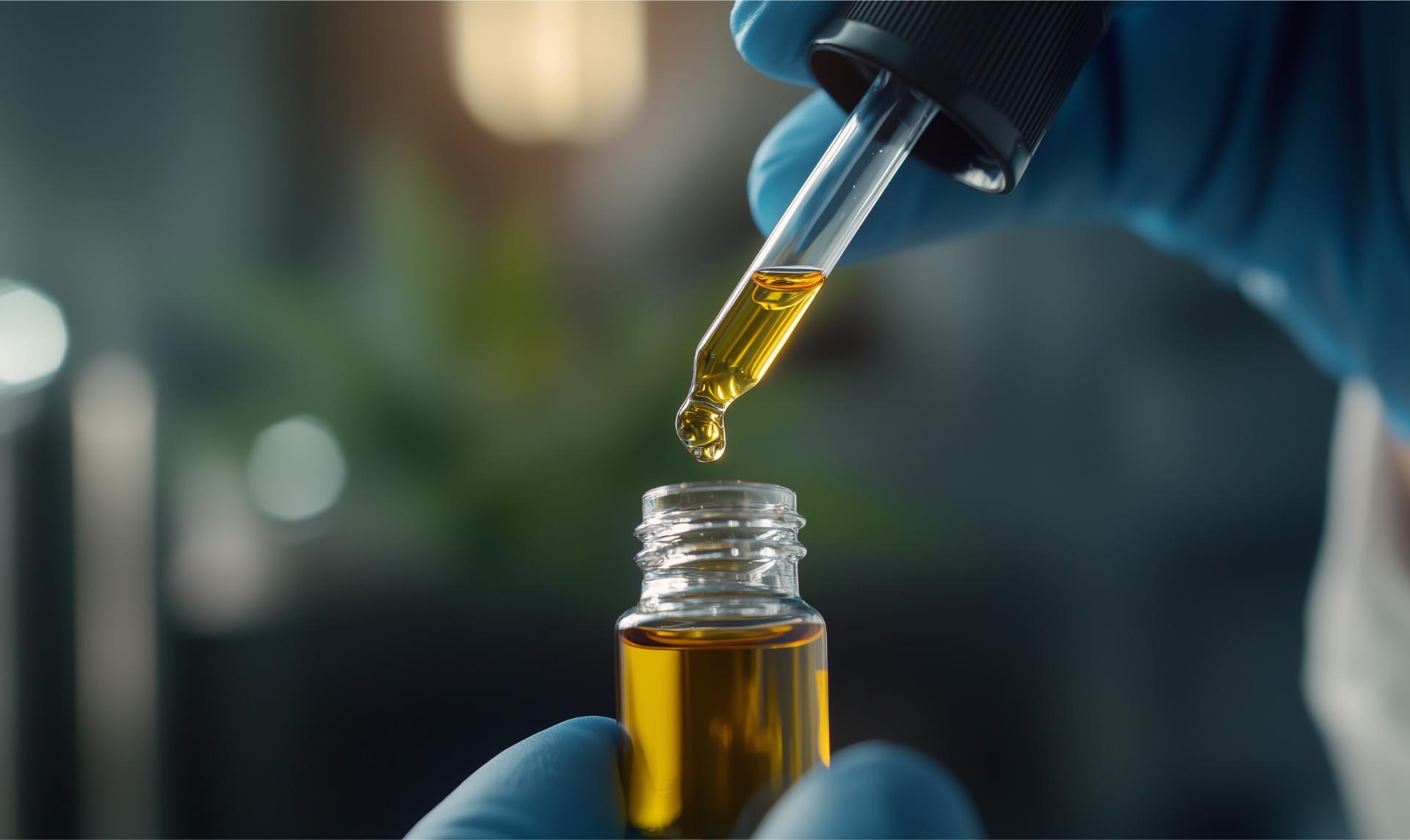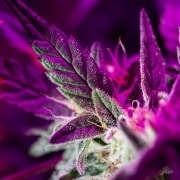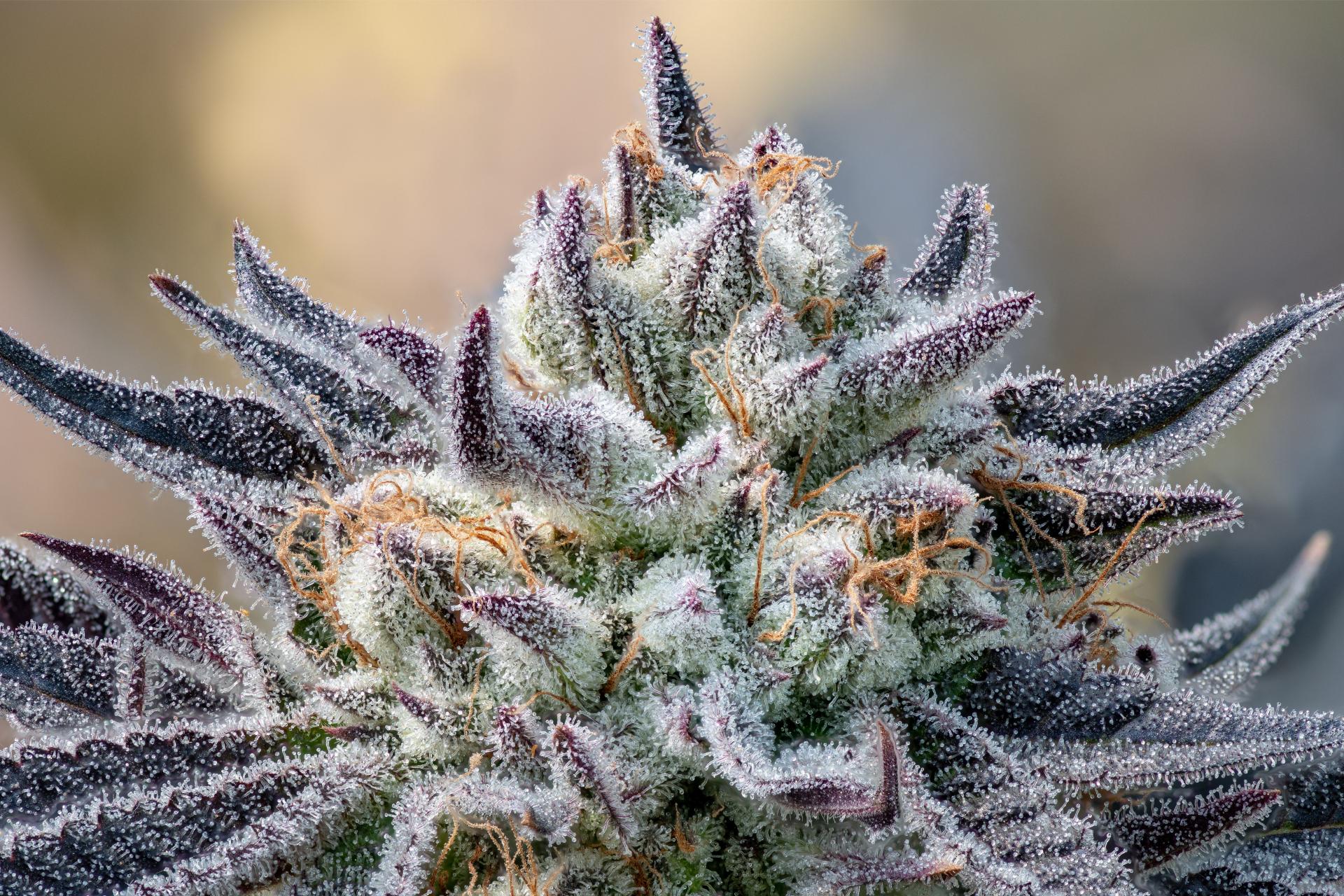Cannabis Strain Information: Jack Herer Strain
If you’re searching for an energetic cannabis strain with creative potential and historical significance, there’s a very good chance you will come across the name Jack Herer.
Jack Herer offers users a euphoric “high” and has a pungent spicy smell, and is therefore a popular choice in many of today’s cannabis communities.
Below we will go over why Jack Herer stands out, from its unique flavor profile to the legacy of the person whose name it bears.
Jack Herer Strain Overview
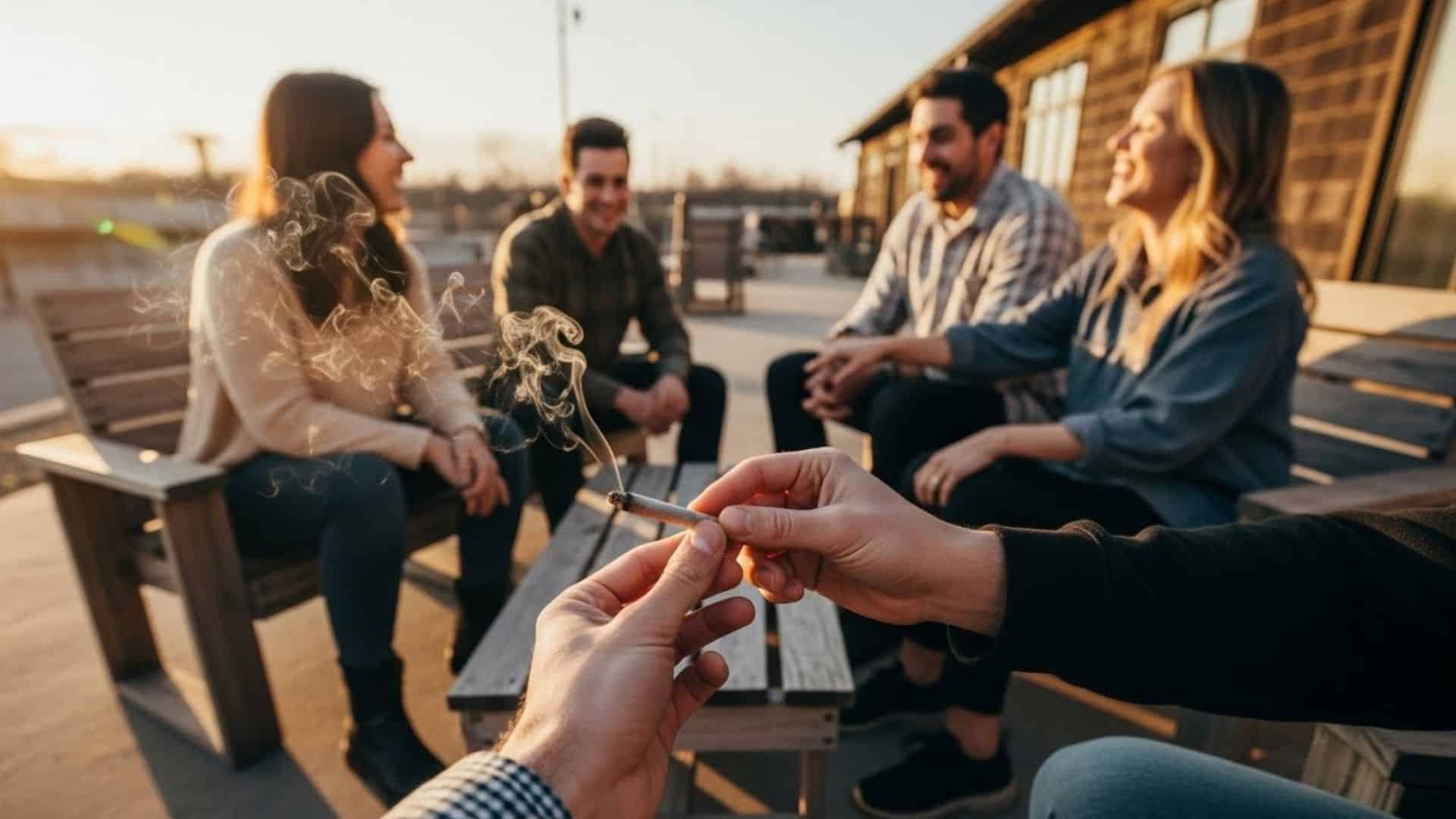
As a cannabis strain, Jack Herer is a classic that brings together two extremes of cannabis strains (energizing sativa head high and relaxing indica body high) in one.
Developed in the 1990’s by Sensi Seeds, Jack Herer is believed to be a cross between Northern Lights, Shiva Skunk, and Haze.
These three parent strains give Jack Herer its signature effects: euphoric, energized, creative and focused. Many describe it as the “wake-and-bake” strain — perfect for daytime use, brainstorming sessions, or anything else requiring a mental boost.
THC levels are typically between 18-24 percent, providing Jack Herer with enough potency but still maintaining balance. The high hits fast; you feel happy and alert, and then relaxed without slowing you down.
Aroma, Flavor, and Appearance
If you’ve ever tried the Jack Herer weed strain, you’ll recognize its bold aroma right away. The scent is a mix of earthy pine, citrus, and a hint of spice — a nod to its complex lineage.
The flavor of Jack Herer is identical to its aroma: you can expect to taste a fresh combination of sweet and peppery spices and herbaceous flavors in addition to a few citrus and pine notes that will linger on your tongue after inhaling.
When it comes to appearance, the buds are dense and resinous, featuring vibrant green hues with orange pistils and a frosty layer of trichomes.
This sparkling coating reflects its potency and makes it a favorite among growers and connoisseurs alike.
Benefits of Strain Jack Herer

The strain Jack Herer is recognized for the versatility of its effects and offers advantages for both recreational and medicinal users.
When used, Jack Herer creates a sense of energy, improves the clarity of thought, enhances mood, and does so without the debilitating sedation associated with most indica strains.
Here are some of the many benefits of Jack Herer weed:
- Artistic Inspiration – Excellent for artists, writers and others who are working on creative endeavors.
- Enhances Mood – Lifts the user’s mood and may assist in reducing mild anxiety, fatigue or other negative thoughts.
- Increases Motivation – A perfect way to begin your day or increase productivity throughout the day.
- Provides a Balance of Relaxation – Although the mind-altering properties are significant, the relaxing properties for the body are moderate and provide excellent “all-day” use.
Due to its uplifting qualities, Jack Herer cannabis is commonly suggested to individuals suffering from anxiety, depression or lack of motivation.
Also, because of the ability to maintain a clear and functional mental state, Jack Herer is commonly recommended for those who want a clear, functional high without mental fog.
History and Cultural Significance
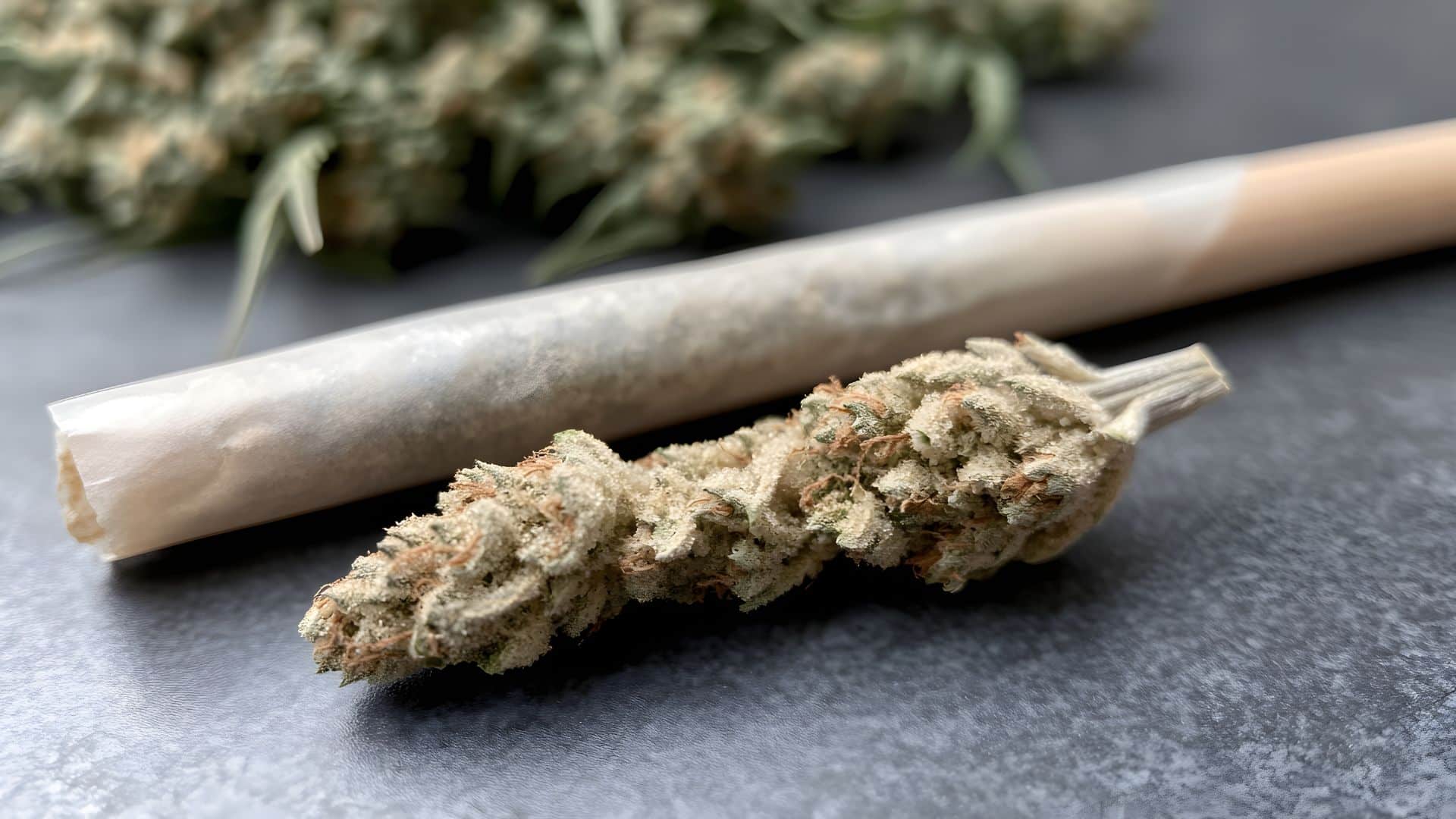
The Jack Herer weed strain isn’t just another cannabis variety — it’s a tribute to one of the most legendary cannabis activists of all time, Jack Herer himself.
Known as “The Emperor of Hemp,” he dedicated his life to cannabis education and legalization. His famous book, The Emperor Wears No Clothes, played a massive role in raising awareness about the benefits of hemp and marijuana reform.
When Sensi Seeds created this strain in his honor, it was designed to embody Herer’s passion and positivity. The result? A strain that’s as powerful and inspiring as the man himself.
Herer has also had an impact on cannabis competitions. Jack Herer has won several cannabis awards including at least one High Times Cannabis Cup award and has become known as one of the top hybrid strains ever.
Today, the name “Jack Herer” means more than quality cannabis, it means activism, freedom, and progress.
Where to Buy the Jack Herer Strain
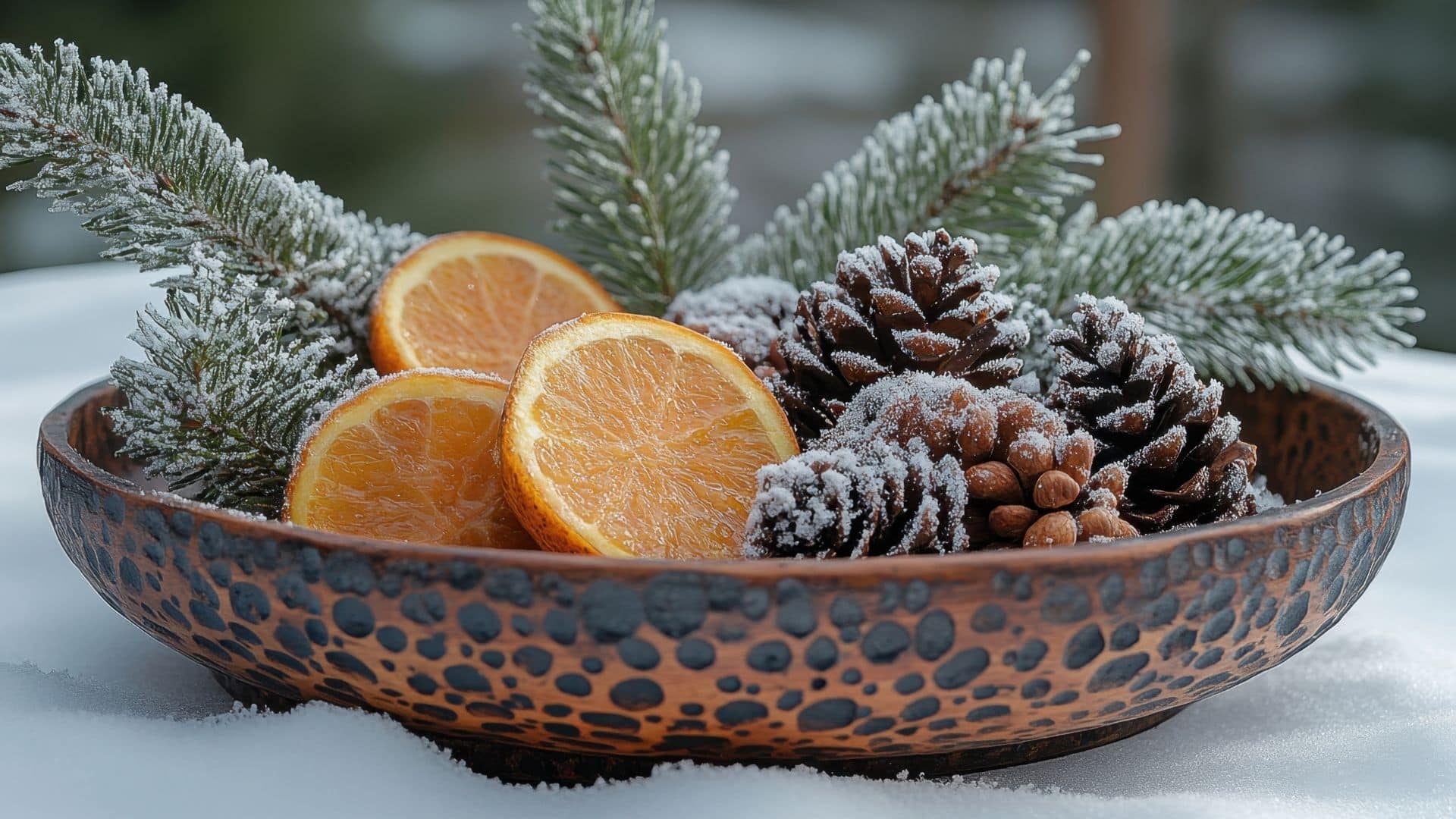
Jack Herer is commonly found at almost every well-established dispensary throughout the nation, offering it in a variety of formats such as flowers, pre-rolled joints, concentrates and vapor cartridges.
Be sure to verify the product’s potency as well as authenticity by reviewing the product label when purchasing.
If you are in California, visit a trusted Redondo Beach dispensary to purchase the highest quality products that are tested in labs.
The knowledgeable budtender will assist you in selecting a suitable option to meet your preferences (such as a relaxing sativa high or a balanced hybrid) when purchasing the Jack Herer strain.
As a beginner, it is advisable to begin with a low dose to determine how tolerant you are to the effects of the strain. As the Jack Herer strain can be very energizing, it is recommended to use the strain responsibly and in moderation.
The Enduring Legacy of the Herer Strain

A few strains have left a lasting impression on the cannabis community such as the Jack Herer strain. The Jack Herer is more than simply an aid in creating ideas or a source of energy – it is a tribute to the culture of cannabis.
It has been recognized for its heritage by way of Northern Lights, Shiva Skunk & Haze, and also its connections with Sensi Seeds and the late activist Jack Herer; thus continuing to serve as inspiration for both growers and consumers worldwide.
Whether you’re after flavor, focus, or history, Jack Herer cannabis delivers an experience that truly lives up to its name. It remains one of those rare strains that connects quality, purpose, and passion — a true icon of the cannabis world.
References
- (n.d.). Jack Herer – Strain information.
- Amsterdam Seed Center. (n.d.). A short history of Jack Herer cannabis seeds.
- NJ High Street. (n.d.). Jack Herer strain review.
- A Biden Napa Blog. (n.d.). Discover the legendary Jack Herer strain.
- The Bluntness. (n.d.). Jack Herer strain.

